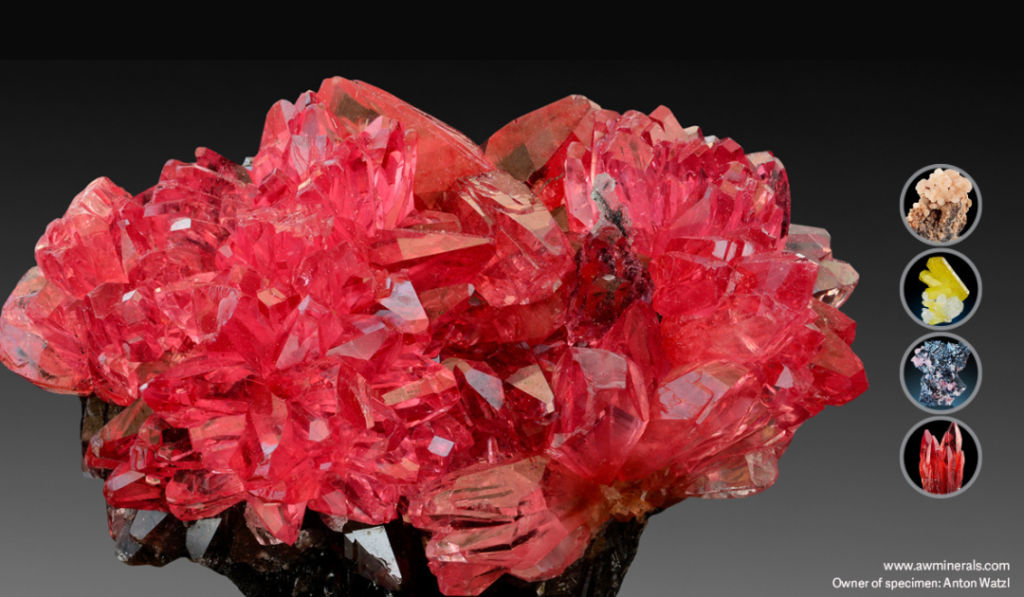In memory of Prof. Nic Beukes, a great explorer of the manganese fields in South Africa
The largest land-based source of exploitable manganese on Earth lies within the rich Kalahari landscape near Hotazel, in the Northern Cape Province of South Africa. The first geological description of Kalahari manganese deposits was made by Dr King back in 1907, with the first mine opening at Black Rock Hill in in the 40s. The Kalahari manganese field is the largest sedimentary stratiform mineral deposit in the world and holds enough manganese resource to sustain the world’s requirements for another 5 000 years. Ever since the discovery of a ‘black rock’, the region has unfolded as a world-famous geological wonderland with some of the world’s finest mineral specimens beholding the wonderful Kalahari manganese mineral.
Initial manganese discovery to modern steel age
According to Cairncross and Beukes [3], the discovery of manganese has allowed mankind to move into the modern steel age: this is purely because the addition of relatively minor amounts of manganese (8 to 10%) to crude carbon steel transformed it from being brittle at high temperatures to ductile, which was a tremendous breakthrough in an ever-growing steel manufacturing industry.
Some salient points:
1907 to 1955 – Discovery, early exploration, and small-scale mining (Black Rock Hill surrounds).
1955 to 2004 – Development of mines and full delineation of the deposit (Hotazel mine). Anecdotally, Mr Bill Bezuidenhout, the owner of the farm, insisted that the mine and village be called Hot as Hell. The Church and censor council prevented the name from being used, hence ‘Hot as Hell’ became Hotazel. And it literally is.
The post-2004 era saw a massive increase in operations, the number of producers entering the Kalahari manganese field and market space going up from two to seven.
Key uses of manganese
Manganese steel is an essential steel renowned for its high-impact strength and resistance to abrasion; once in a work-hardened state, it is used in the steel industry supporting large and major infrastructures and constructions such as bridges, towers, housing complexes, skyscrapers and the manufacturing of flat steel used in cars and household appliances.
Powering the future
Manganese also has the potential to replace cobalt in lithium-ion batteries which significantly increases the intensity in manganese-rich cathode chemistries. The presence of battery-grade manganese in the ever-growing electric vehicle supply chain leaves an open opportunity for Kalahari manganese to play a pivotal role in future sustainable development.
The beauty of mineralogy from the Kalahari Manganese Field
Besides value, manganese also has an esthetically pleasing quality. An abundance of different mineral specimens from the N’Chwaning, Hotazel and Wessels mines have been collected, including the first rhodochrosite specimen found in the 1960s at the Hotazel mine, which started mineral specimen exploration in the region [3]. Some of the most unique and prized rhodochrosite crystals, ranging from a highly desired vivid red and raspberry colour to a distinct pink colour in rhombohedral form, were discovered in Hotazel.
The Kalhari Manganese field host 132 secondary minerals of which 67 percent of the species falls within the photogenic section.
The Kalahari Manganese Field is home to 18 type-locality minerals which are:
Braunite II#
Sturmanite
Orlymanite
Vonbezingite
Poldervaartite
Hennomartinite
Kornite
Effenbergerite
Nchwaningite
Wesselsite (Sugilite)
Manganvesuvianite
Holtstamite
Manganipiemontite- (Sr) (formerly tweddillite)
Olmiite
Guidottiite
Lavinskyite
Scottyite
Colinowensite
Kalahari manganese is a true, unique, and valuable mineral found in the world-renowned Kalahari Manganese Field, with a rich and diverse and complex geological history and holder of intense and singular aesthetic qualities. Kalahari manganese continues to feed the development of new modern-day solutions, while mesmerising us with its beauty.
A complete photographic record of the mineral can be found in the book called “The Manganese Adventure – The South African Manganese Fields (1997)” by Prof. Bruce Cairncross, late Prof Nicolas Beukes and Dr Jenz Gutzmer.
Sources:
- investingnews.com , “Top 10 Manganese-producing Countries (Updated 2023)”, Pistilli, M.
- ntsimbintle.co.za, Ntsimbintle Holdings, “The Kalahari Manganese Field”,
https://www.ntsimbintle.co.za/our-business/the-kalahari-manganese-field
- Cairncross, B. and Beukes, N.J. in “The Kalahari Manganese Field the adventure continues…”
- south32.net, “Key uses of manganese”








